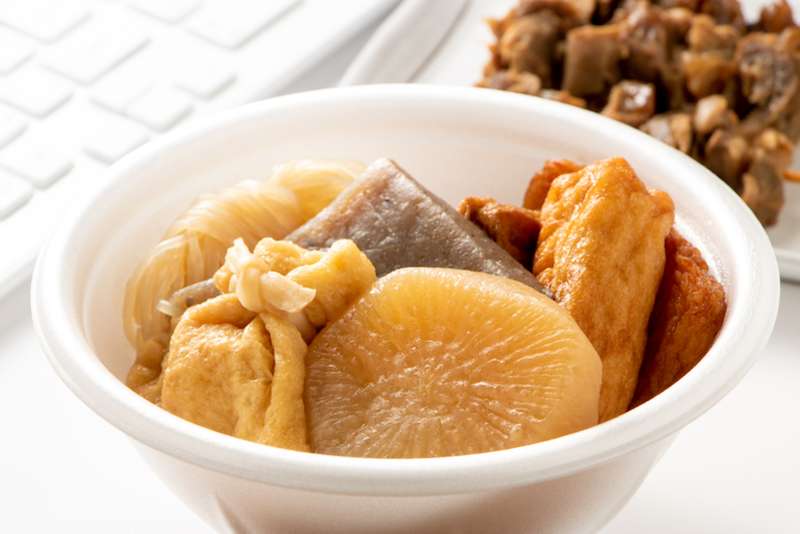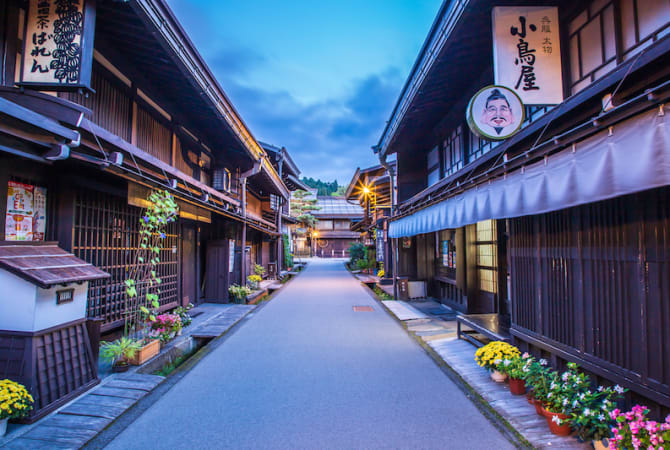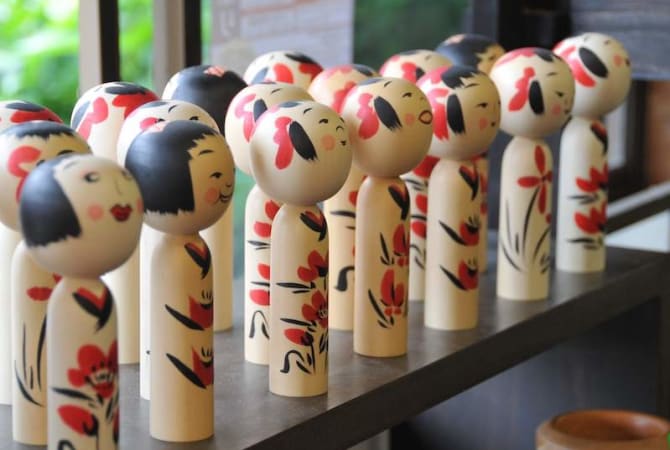Head To Yatai Food Stalls For A Taste Of Fukuoka’s Food Fare
Pinoys love street food — including ones that came from Japan. But while we love the localized versions of these Japanese delights, there’s no going back once we get a taste of the real thing — that is, if you know where to get the best.
Yatai (food stalls) in Fukuoka Prefecture
Japan’s rich street food culture started in Japan during the Edo Period (1603 - 1868) when soba vendors started to mobilize with the use of food carts. When Japan entered the Meiji Period (1862 - 1912), the country started to peak at industrialization, leading more people that move to the city to see the appeal of yatai offerings as filling yet fast and convenient.

©Fukuoka City
However, things took a turn during World War 2 when food had to be rationed and food stalls were banned. Things relaxed a bit after some time, but when the 1964 Tokyo Olympics was announced, food health and safety regulations got stricter and many food stall owners packed up shop. Very few food stall businesses survived in Fukuoka and they formed the yatai trade organization in the 1950s.
Through the years, Yatai in Fukuoka’s Nakasu Island had ups and downs, with many shops coming and going for several reasons. However, when tourism boomed due to the rise of budget traveling, many tourists discovered the charm of Fukuoka’s yatai district, allowing many businesses based in this location to thrive and contribute to what the area is now known for. Stalls are usually open from 6 PM to 2 AM.
What to eat when visiting Nakasu Food Street in Fukuoka Prefecture
Foodies will surely be spoiled for choice when visiting the many shops in Nakasu, but if we’re to narrow down our choices to our top three, it would be yakitori, oden, and Hakata Ramen.

©Fukuoka City
Yakitori is, of course, the most familiar, because it reminds us a bit of Pinoy barbeque. However, yakitori uses chicken rather than pork (since yaki means grilled and tori means chicken). Typically, yakitori makes use of deboned chicken thighs instead of white meat to ensure that it’s still juicy and flavorful even when grilled. It’s less savory than Filipino barbeque since the yakitori is often seasoned with light soy sauce or sometimes just salt and pepper to retain a more fresh and light smokey flavor. These chicken skewers also usually have negi (green onion) in between the meat to give them a subtle, complementary kick.

Next, there’s the oden, which is like a fast-food version of a hot pot. Several ingredients such as eggs, fish cakes, and vegetables like radishes and konjac are stewed in a light soy-dashi broth and are ready to either be fished using chopsticks or eaten using skewers. This is a simple dish that’s similar to the Pinoy concept of tusok, but instead of your food being doused in oil, it’s soaked in piping hot, flavorful broth. Many oden stalls in Nakasu, and all over Japan, have unique broth recipes to bring out the flavor in the ‘dipped’ ingredients, which makes every oden a must-try.

©Fukuoka City
Lastly, there’s the Hakata ramen, which is a native Fukuoka recipe. This ramen’s base is made from tonkotsu or pork bone that’s boiled for hours to create a creamy and flavorful broth. The broth is only enhanced slightly by adding a bit of salt or soy sauce or miso on some occasions, but the rich bone soup broth remains the star. It is often served with ultra-thin wheat ramen noodles, chashu pork, and other complementary toppings that bring out the best in the broth. Yummy!
| Food Stalls (Yatai) Nakasu Island Address: 1-8 Nakasu, Hakata-ku, Fukuoka-shi, Fukuoka Website: https://yokanavi.com/en/yatai/ |


















































